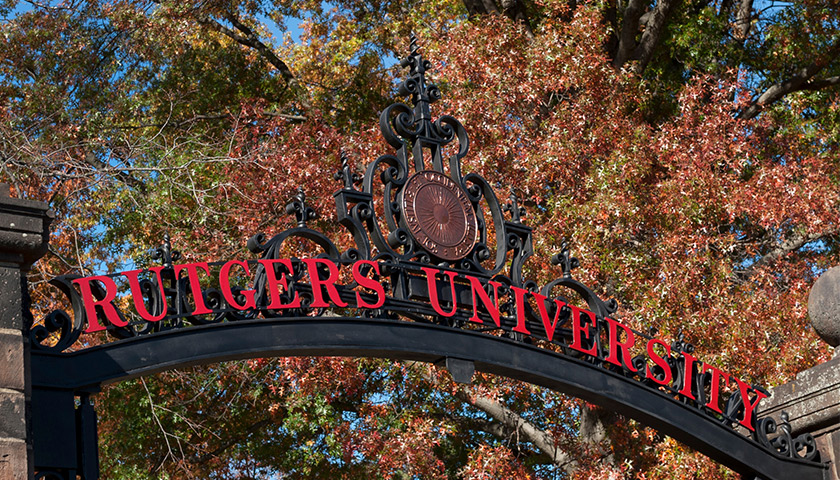With roots dating back to the original colonial colleges in 1766, Rutgers, the State University of New Jersey is one of the oldest, highest-ranked institutions of higher education in the United States. The modern university has locations throughout New Jersey, with three regional campuses and Rutgers Biomedical and Health Sciences, an expansive academic health care centre.
The university’s flagship location in New Brunswick is comprised of five different geographic campuses on 2,685 acres with 640 buildings. Rutgers has the second-largest bus fleet in the state, with students taking up to two hundred seventy thousand course-related trips per week prior to the COVID-19 pandemic.
As part of the university’s recent strategic planning process and Rutgers 2030, the university’s physical master planning initiative, a primary objective for Rutgers—New Brunswick was to reduce unnecessary course-related travel for students and, more importantly, reduce student’s time to degree. Unnecessary travel could include a student having to travel to a different campus to take a class that was available closer to where they lived, but not accessible due to scheduling conflicts.
“Students were spending too much time on the bus, taking time away from their studies, from class time, or from their own out-of-class activities. We looked at a number of different potential solutions. The principal recommendation that came out of the task force following the Physical Master Plan was to look at implementing a modern course scheduling system.”
—Paul Hammond, Associate Vice Chancellor for Technology and Instruction, Rutgers—New Brunswick.
Rutgers—New Brunswick offers over twelve thousand course sections a semester. Before implementing INFOSILEM Timetabler, they simply made a rough copy of the previous like semester’s offering with some tweaking. That method didn’t account for variables like changes in enrollment trends or schools and programs that were growing or shrinking. Rutgers—New Brunswick needed specialized software that would allow them to create schedules that would offer courses where and when they would best support the student academic experience.

 International
International
 France
France
 Morocco
Morocco
 Spain
Spain
 Canada - En
Canada - En
 USA
USA




